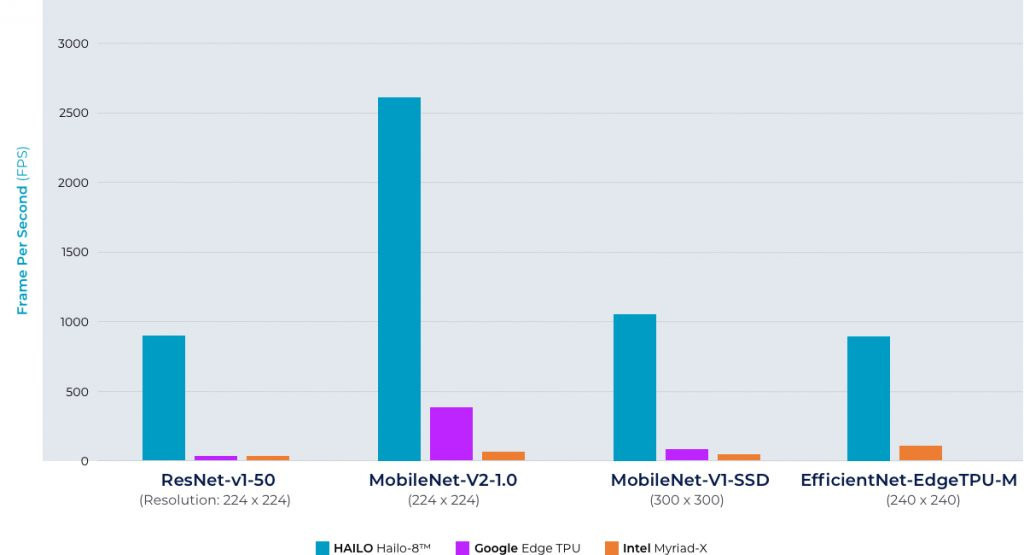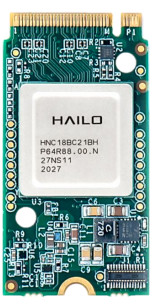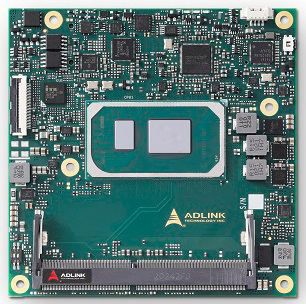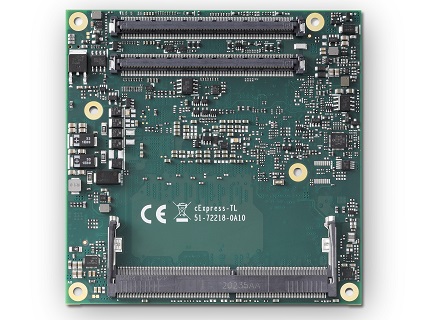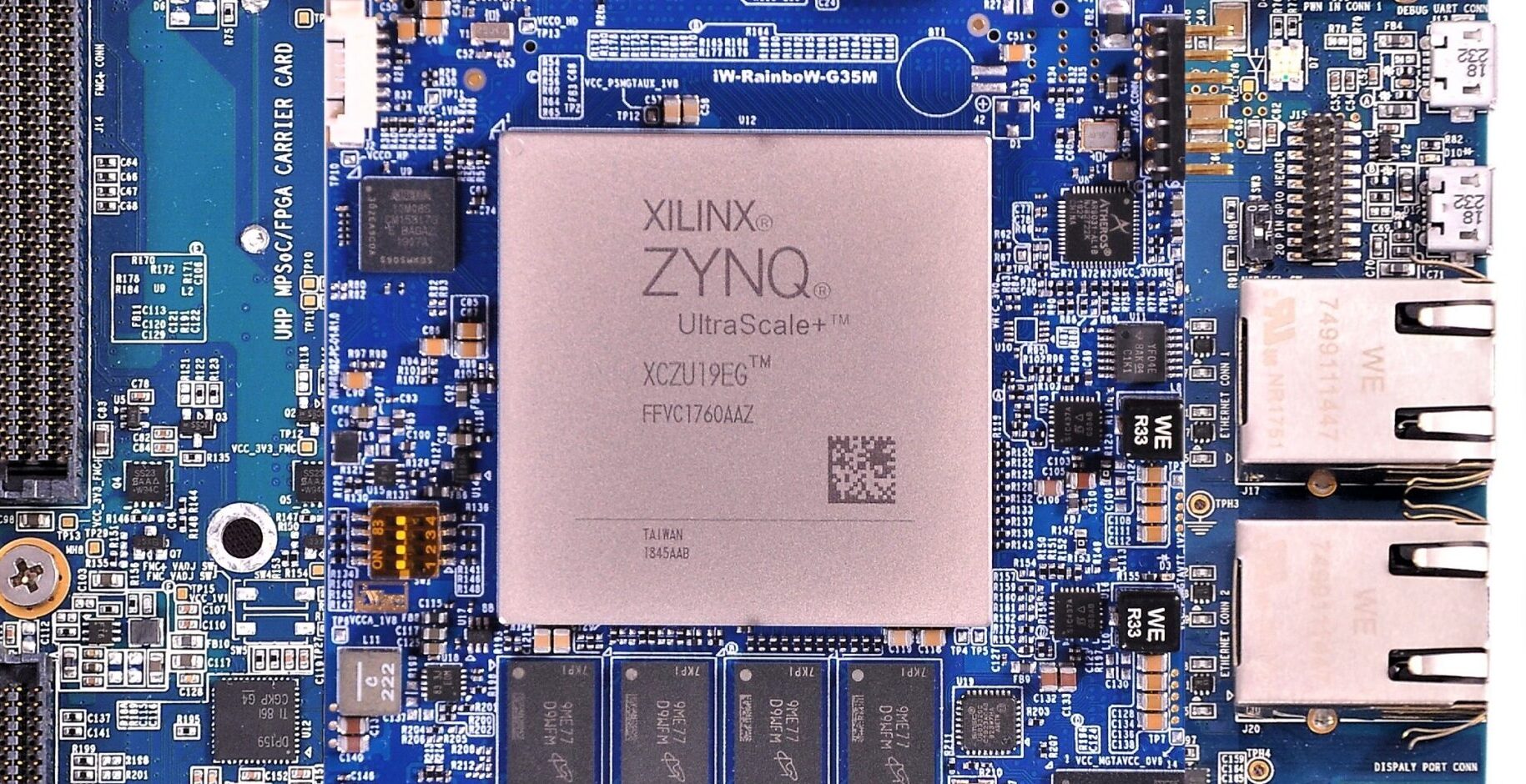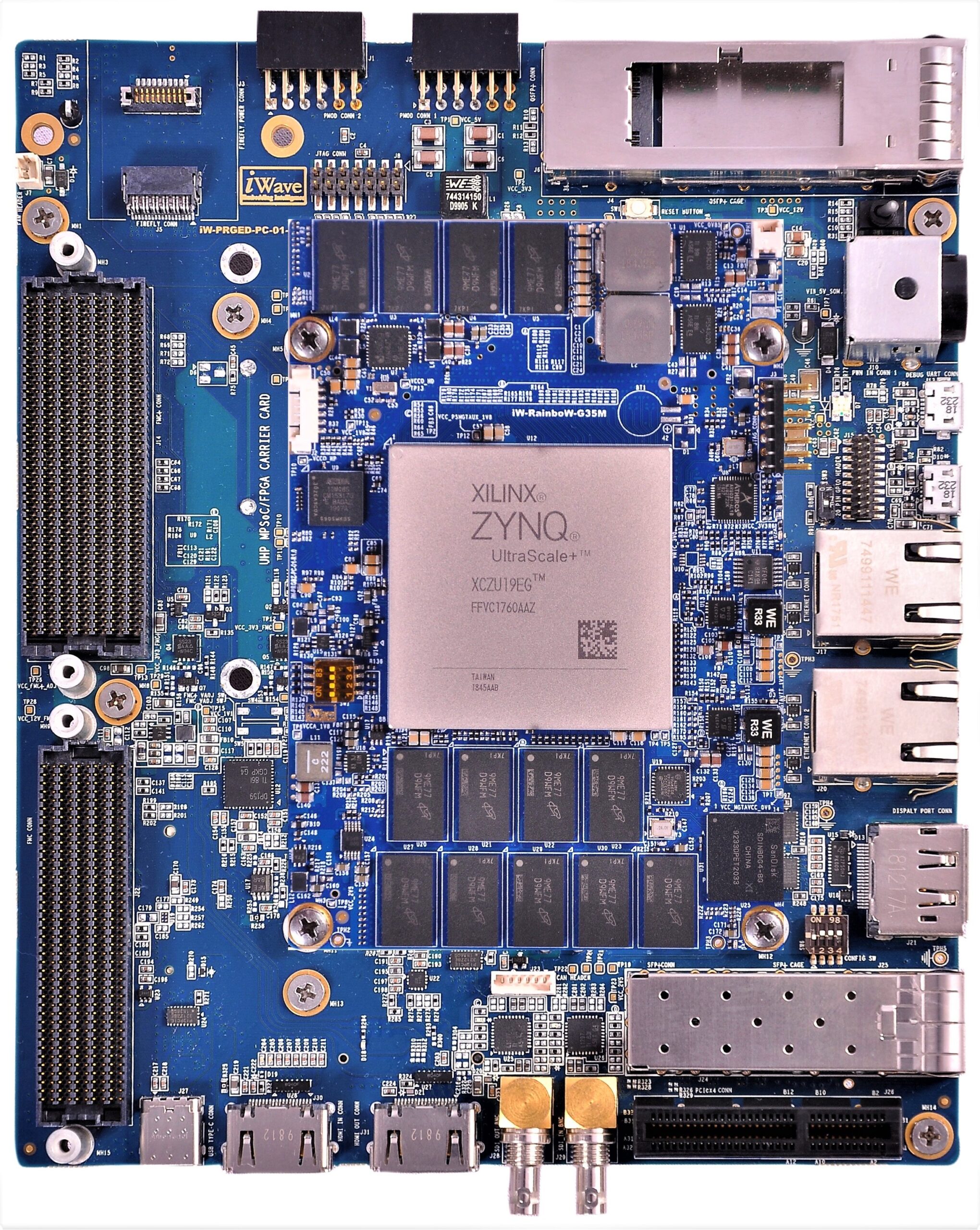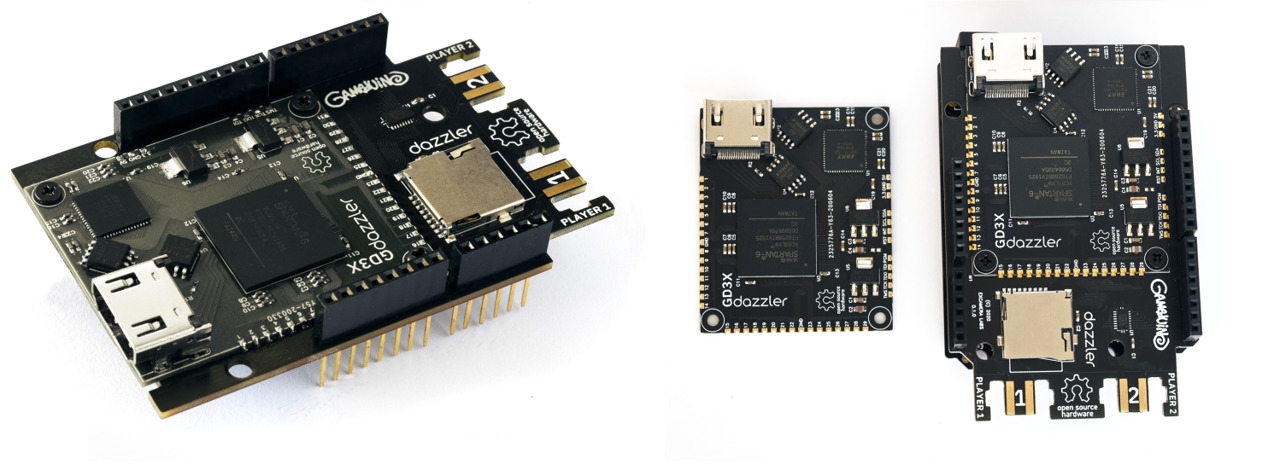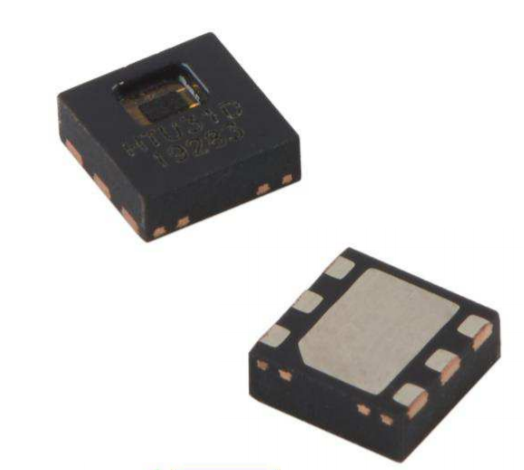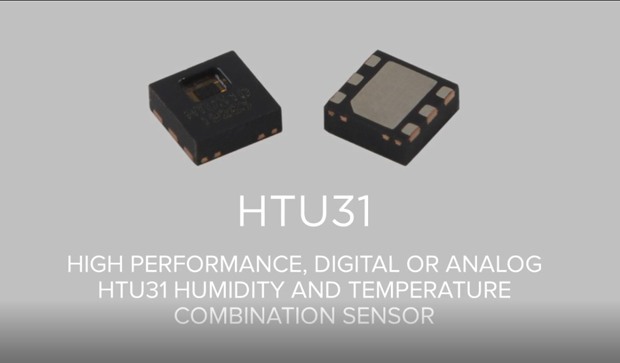For industry, medicine and public infrastructure: The use of UV LEDs offers new approaches in the fields of sterilization, deep cleaning of air and water, agriculture and industrial manufacturing. The ultraviolet A-rays are suitable for use in vertical farming, for example, while the extremely high-energy UVC rays are successfully used against harmful micro-bacteria and viruses.
Effective against multi-resistant pathogens
Bacteria, viruses, spores and germs absorb 265 – 280nm light emitted by UVC LEDs. As a result, their DNA/RNA bonds are broken so that reproduction is no longer possible. Especially when used against multi-resistant microorganisms, UVC LEDs are the optimal solution. This also applies to situations that require comprehensive surface or water disinfection – without the use of chemicals or thermal disinfection – as in drinking water treatment.
For better air and solid connections
A photo catalysis (= chemical reaction triggered by light), which is stimulated by UVA energy with 365~385nm, is used to decompose bacteria, viruses, harmful gases or odours, for example in air purification.
UV curing, quite well known by nail studios, is a process in which ultraviolet light initiates a photochemical reaction that produces a stable polymer network. It is mainly used when rapid curing is required, for example in printing processes, coating, decoration, stereo lithography or the assembly of components.
The well-known advantages of LED technologies such as long service life, consistent quality, no environmentally harmful heavy metals, low power consumption and voltage and RoHS conformity are of course also available for UV LEDs.
Support on the way to innovation
„Rutronik has an extensive portfolio of well-known LED manufacturers. In order to select the optimum product for individual requirements, our highly qualified product managers are on hand – digitally and in persona“, explains Shirley Coblenzer, Senior Manager Product Marketing Opto. „In addition, interested parties can also request product samples in order to test the use of the UV LED at their leisure and in the planned environment“.
customers from the beginning of the design phase to the final implementation. For TDK, presenting the Gold Award is therefore a sign of appreciation of our partner Rutronik for our successful cooperation.“
The entire Rutronik portfolio of LED technologies is available at www.rutronik24.com.


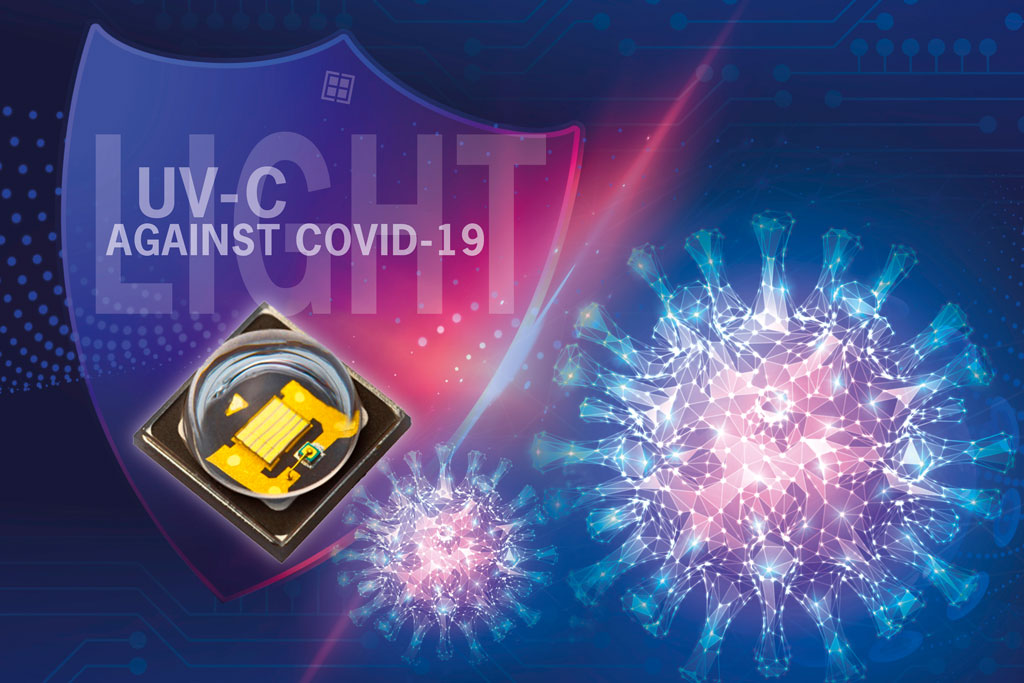
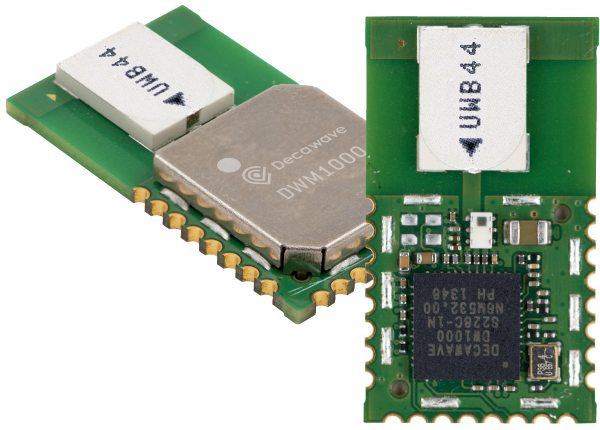
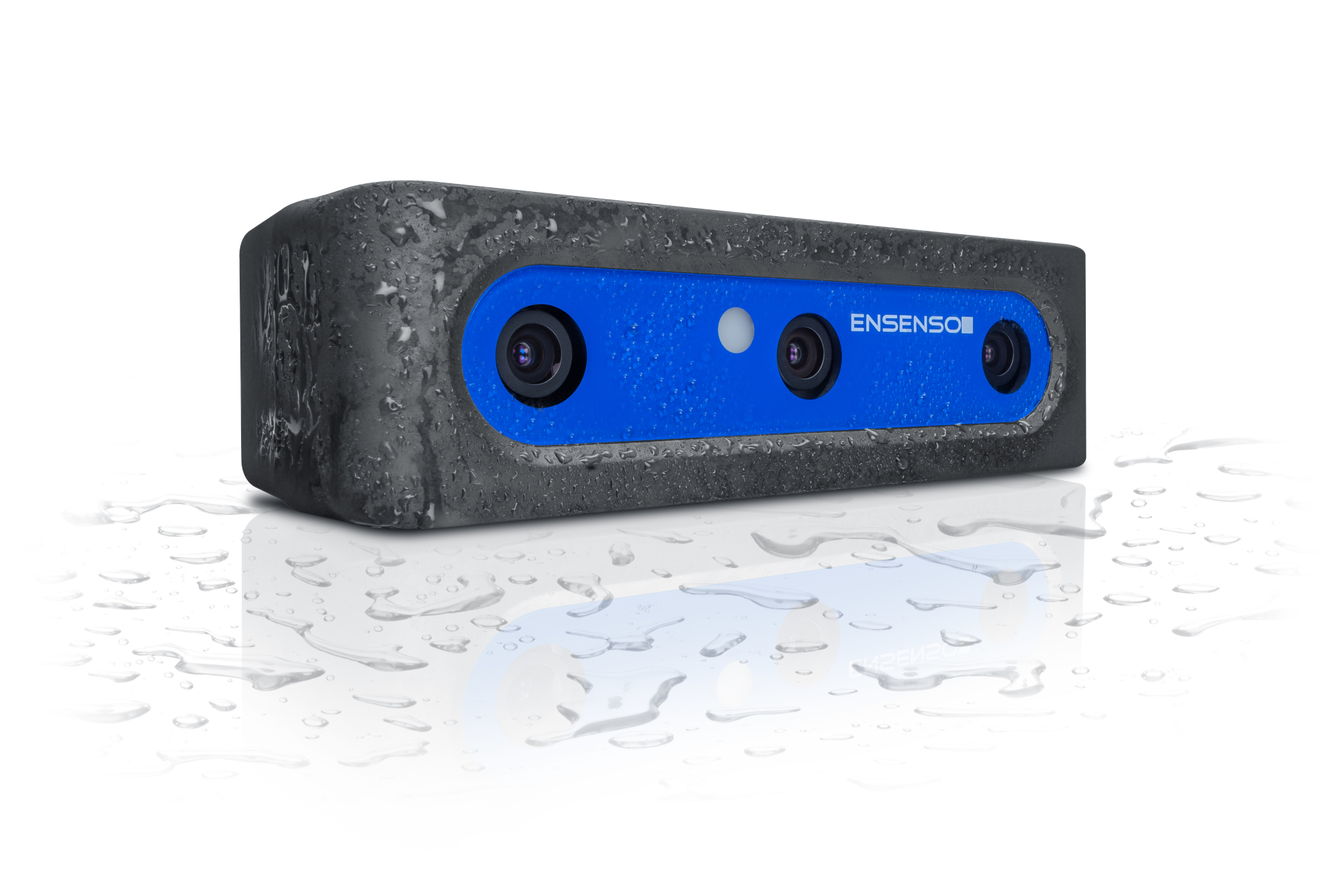
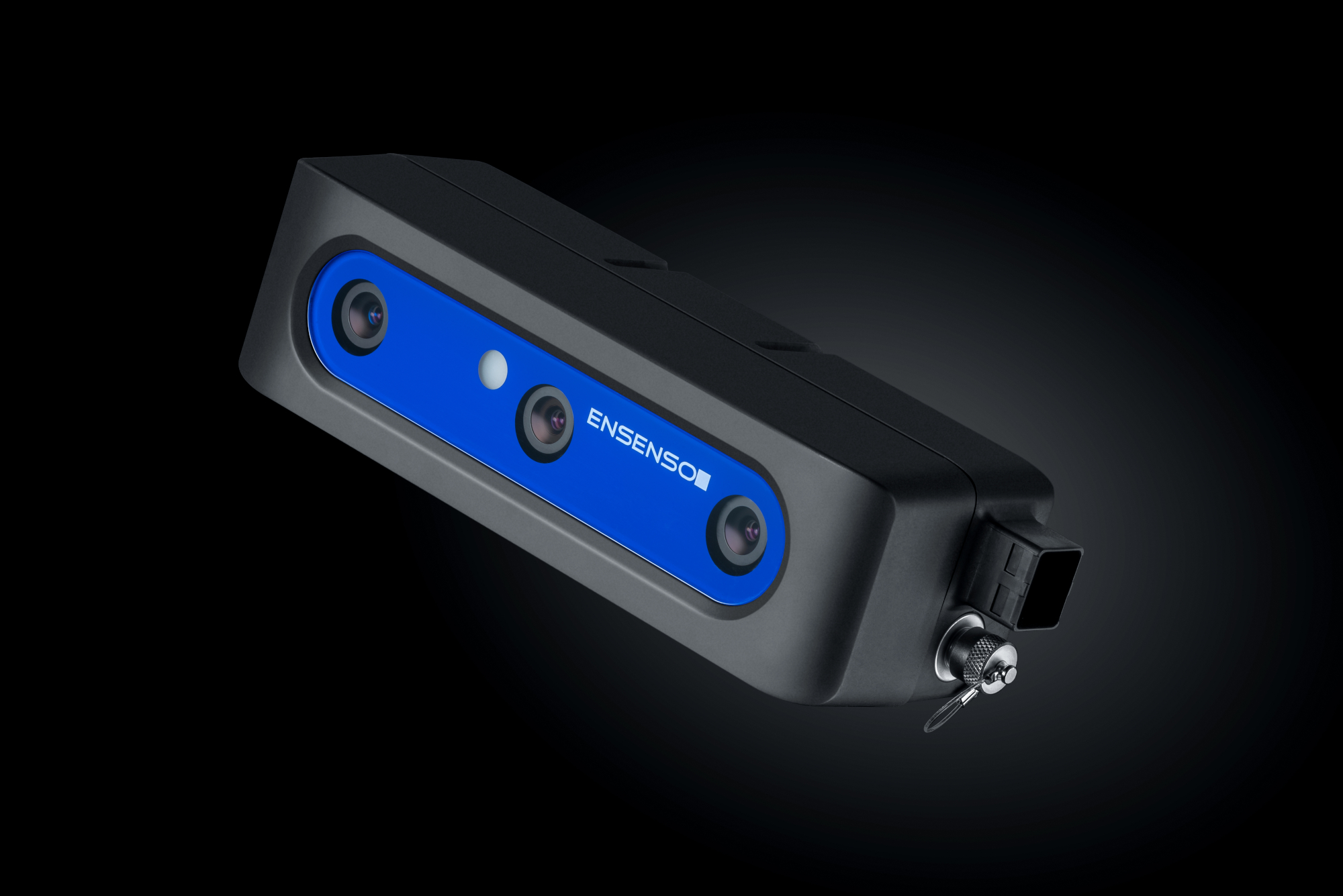
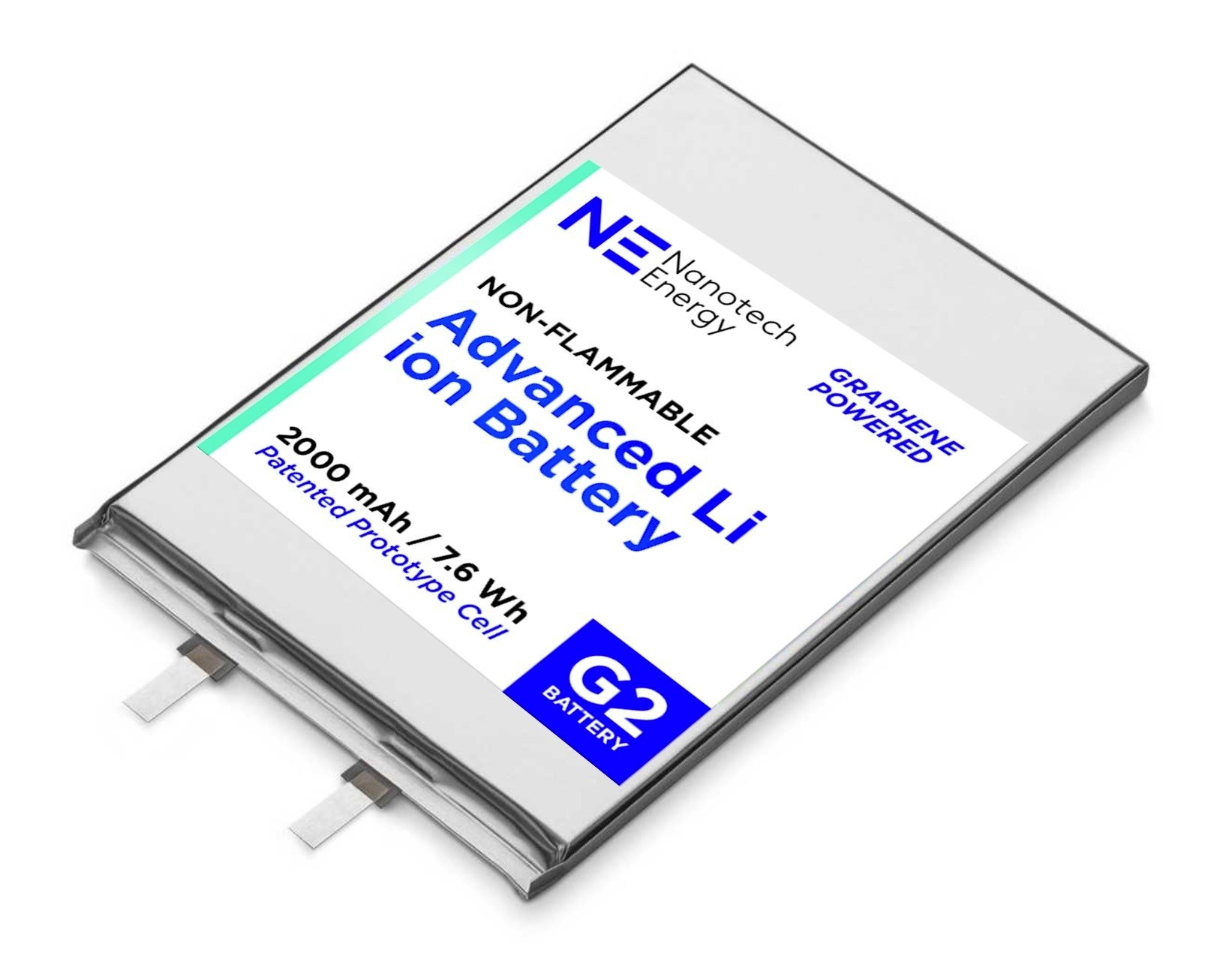
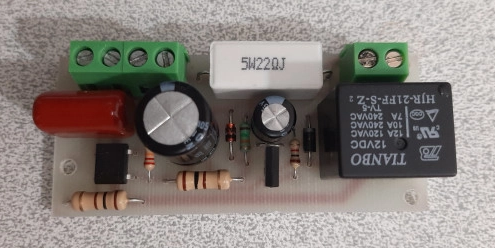
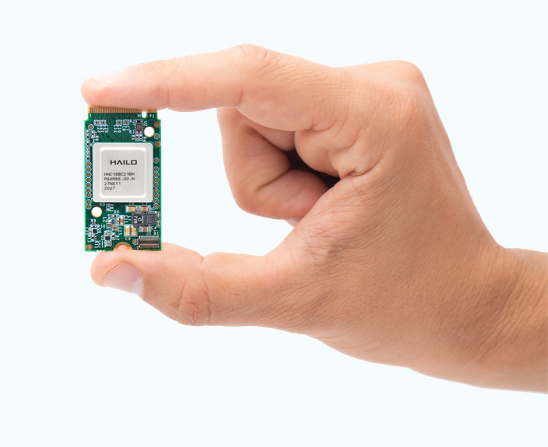
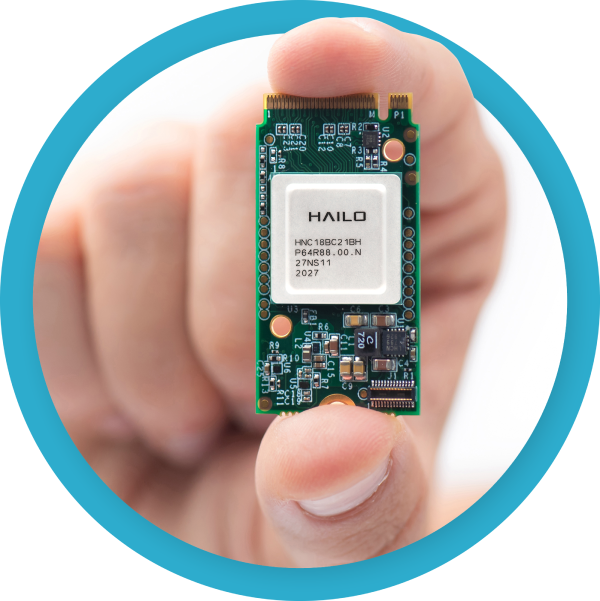 Hailo has introduced a new line of M.2 and mini-PCIe cards for Linux systems. These new modules are equipped with up to 26-TOPS Hailo-8 NPUs. These Neural processing unit (NPU) are a specially designed chip that implements all the necessary control and arithmetic logic necessary to execute machine learning algorithms, typically by operating on predictive models such as artificial neural networks (ANNs) or random forests (RFs). According to Hailo, the new M.2 M-key is a 2242 form-factor accelerator which is powered by Halio-8, for the first time in a mini-PCIe format. They claim it to be the world’s highest-performing AI M.2 module, winning by a large margin against
Hailo has introduced a new line of M.2 and mini-PCIe cards for Linux systems. These new modules are equipped with up to 26-TOPS Hailo-8 NPUs. These Neural processing unit (NPU) are a specially designed chip that implements all the necessary control and arithmetic logic necessary to execute machine learning algorithms, typically by operating on predictive models such as artificial neural networks (ANNs) or random forests (RFs). According to Hailo, the new M.2 M-key is a 2242 form-factor accelerator which is powered by Halio-8, for the first time in a mini-PCIe format. They claim it to be the world’s highest-performing AI M.2 module, winning by a large margin against 